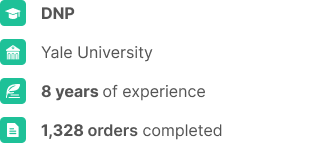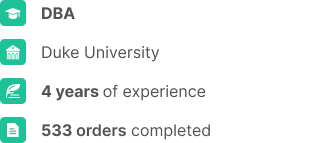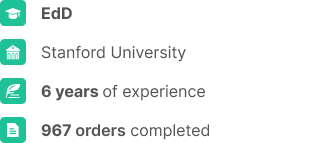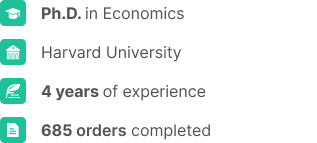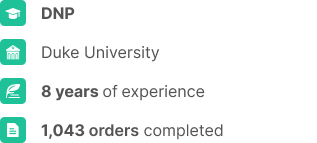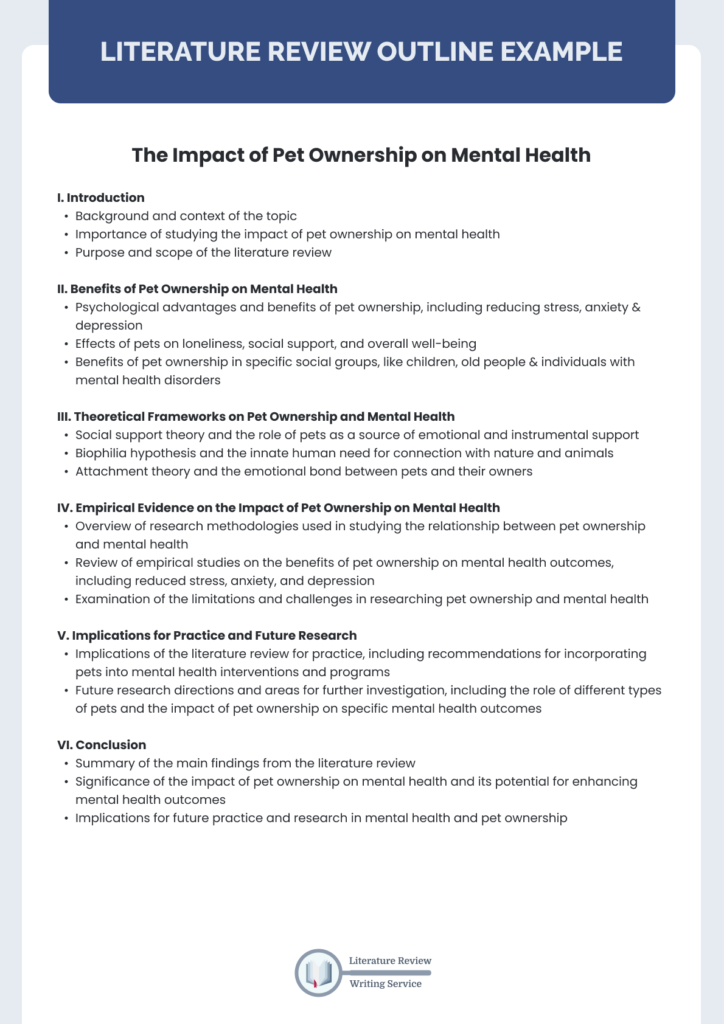
Get a Well-Prepared Literature Review Outline Soon
Delegate writing literature review outline to our vetted academic writers and enjoy the perfect paper soon.
Our guarantees for your literature review outline








How we handle writing literature review outline & the whole work

Customer reviews on our help with lit review outline
Who Will work on your outline of literature review

What Is an Outline for Literature Review?
A literature review outline is a writing sketch showing how you will convey the information about the findings and how you will interpret your studies. Simply saying, it’s a plan for your future review. Unfortunately, students often underestimate the importance of such writing since it’s one of the steps of working on a review.
Such a plan aims to create a frame for your future writing and make a short overview of the literature you will analyze in the paper. Using it, you’ll easily manage the information about the chosen stources describing connections and divergencies among them. So how to write an outline for a literature review, and what you must know before it? Let’s delve into.
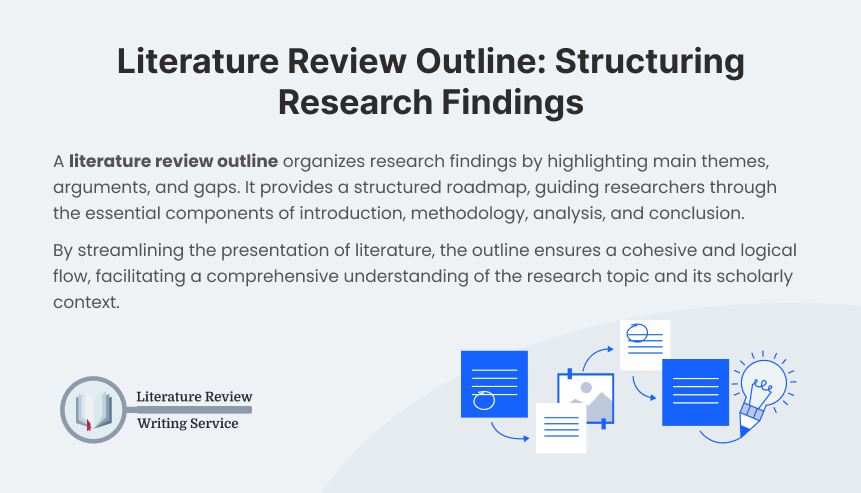
Pick Up the Right Literature Review Outline Example
Outline is a fairly broad concept, even in the context of the academy. It can be a structural plan, a list with notes for writing, or just a formatting sample. For example, an APA literature review outline helps you not only manage the review flow but also follow the proper structure and format. From this, you can see how to place citations, how to design the paper, and what its general composition is.
From this, you can see how to place citations, how to design the paper, and what a general composition of your literature review in APA format should look like. This way, before writing, you must determine what you need exactly. It will be wise to pick a literature review outline example that initially suits your requirements rather than reorganize it later. Pay special attention to formatting, as most samples use a particular style.
How to Write a Literature Review Outline & What to Pay Attention To
Outline, first of all, helps well with structure. As with any other academic paper, this one has three main parts.
- Introduction.
An effective introduction should have a hook to draw people’s attention. You briefly introduce the research topic and mention your perspective on this research. By doing so, you give readers hints and warm their interest so they’ll keep reading.
This way, you can draw up the following points in an outline literature review example.
- Introducing the general topic. Giving background information about the topic.
- Shaping the research question. It should be straight and focused on a specific problem, as later you will tell how this question was answered.
- Methodology. The methods you used to find the information (for example, searching through relevant databases to find topic-related articles.
- The outcomes you expect.
- The trends that dominate in the literature on this topic.
- Body part.
The body involves a brief overview of the recensed literature. Here, you need to analyze key study aspects within your research questions using particular methods and procedures. It may also include a recap of gaps, contradictions, and strong and weak points.
The body part is the biggest in the APA literature review outline, containing core information about the gathered studies. Make it clear by using transition words and adding subheadings to the secondary paragraphs. Structure the information according to your aims and requirements using different approaches: thematic, methodological, chronological, and theoretical.
- Conclusion.
The concluding part presents the final evaluation, identifying gaps, offering recommendations, and saying how important the topic is for this field of study. Also, a conclusion should be brief.
To minimize any hassles when writing the ending part, consider these things in an outline of a literature review.
- Indicate the connection between the discussed pieces. Emphasize trends and common patterns. Analyze the strengths & weaknesses of different approaches.
- Point out the most valuable studies.
- Emphasize the most controversial points. Define the gaps that need to be covered.
- Define how your study will impact the topic in the future (if applicable).
Such examples help to highlight the most important points and statements so you can focus on them when writing a literature review. When everything is structured and placed in the right order, you won’t have to search for the information chaotically.
4 Approaches for Writing Literature Review Outline
An outline could be composed using various approaches. We highlight four main strategies you can use. The choice depends on your aims and specific inquiry, as you can come from different angles when creating your writing. So, let’s see how to write a literature review outline using various approaches.
- Thematic Approach.
This method means structuring writing by themes. It is necessary to determine specific patterns or subjects for arrangement sources thematically. Each theme you identify can be used as a heading or subheading to highlight text paragraphs. In each paragraph, you also summarize all the important information to narrow the general thought. With this approach, you gather all sources focused on a similar topic to make finding the differences in opinion easier.
- Methodological Approach.
Organize your literature review based on the chosen research methodology. Such an approach is helpful when you need to explore particular literature using specific methods. It also may help you acknowledge the strengths and weaknesses of the described practices and point out areas where further investigation is needed.
- Chronological Approach.
Also known as a linear approach, it’s one of the simplest methods to draw up a literature review body. Move from the older studies to the latest ones. This simplifies an analysis if you select a massive chronological frame to cover. Moreover, you understand how the topic has changed so that you can focus on crucial episodes rather than all episodes.
- Theoretical Approach.
When using this approach, you must examine the literature using a theoretical framework. Each source is analyzed through a particular theory, so you’ll understand the subject more deeply. If you are dealing with multiple theories or perspectives in your work, outlining the sources overview with a theoretical approach is a wise decision.
5 “C” to Consider in Outline of a Literature Review
Another advantage of the outline of literature review is that it works great with the rule of 5 “C”: cite, compare, contrast, critique, and connect. This is among the most popular academic writing frameworks. But what does this mean? Let’s have a closer look at each point.
- Cite by adding citations from the sources you investigate to your paper.
- Compare by putting opposite methods, theories, and findings against each other. For example, you can describe points where different researchers agree or disagree.
- Contrast various arguments and methodologies. For instance, mention controversial or debatable areas.
- Critique. Explain why specific arguments are more persuasive. Reveal the effectiveness and popularity of the specific methods.
- Establish the connection between the reviewed studies. Explain how your writing expands previous research.
Applying the 5Cs at the planning stage ensures that this will be implemented in the main work.
Professional Help Preparing an APA Literature Review Outline
Writing a literature overview outline is the easiest way to organize the information for your future work. But it’s tricky sometimes to organize thoughts and structure, highlighting key elements properly. Especially if the deadline is coming soon. Thus, an assignment aimed to make your future work easier becomes an insurmountable challenge.
Luckily for you, there’s a team of experienced academic writers who offer high-quality review writing services. Providing our professional outline writing service for years, they know all the ins and outs. It doesn’t matter if you have a lit overview as a standalone assignment or if it’s part of a study project. They can do their best in any matter. You just need to specify your topic, subject, and deadline and wait a little.
No more hesitation. Take advantage of the offer and let professionals deal with your tasks!










